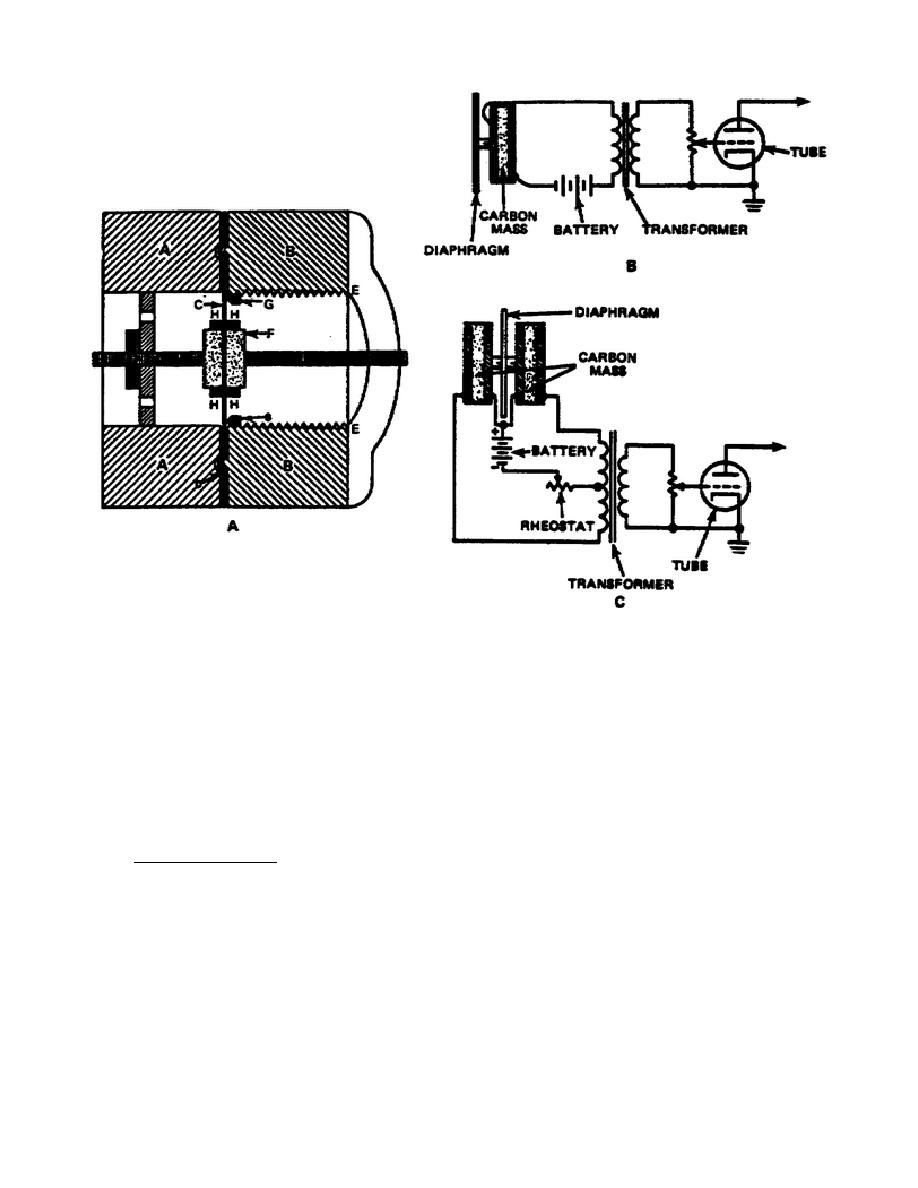
Figure 2-3. Carbon microphone (A) cross sectional view, (B) single-button circuit diagram, and (C)
double-button circuit diagram
c. The frequency response is uniform from 60 to 1000 Hz. Above 1000 Hz, the response
increases rapidly, becoming more than 15db higher at 2500 Hz than it was at 100 Hz. The response then
remains uniform up to approximately 6000 Hz, where there is a marked falling off in response. Because
of its poor response to the higher audio frequencies as well as its high noise level (hiss), the carbon
microphone is not widely used for general television purposes.
6.
Crystal microphone. The crystal microphone requires no energizing potential source such as the
battery used with the carbon microphone. It requires no transformer or other coupling device. Its
output, although not as high as the carbon microphone output, is adequate for direct application to the
grid circuit of an amplifier. These features, plus its inherent simplicity and compact size, make this type
of microphone unique among the devices designed to convert sound waves into electrical impulses.
15



 Previous Page
Previous Page
